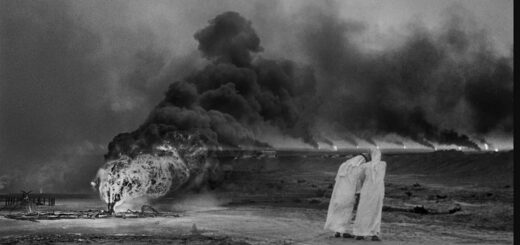Mysteries of Mysterious Disappearances

Across the annals of human history, mysterious disappearances have captivated our collective imagination, leaving behind a trail of unanswered questions and enduring enigmas. From unexplained vanishings in remote locations to perplexing urban disappearances, the phenomenon of people seemingly vanishing without a trace encompasses a myriad of mysteries.
Bermuda Triangle

Bermuda Triangle, a region in the western part of the North Atlantic Ocean, has long been associated with a series of aircraft and ship disappearances. While skeptics attribute these incidents to natural phenomena, the allure of the unexplained persists, making it one of the most enduring mysteries of maritime lore.
Missing Aircraft

High-profile cases like the disappearance of Malaysia Airlines Flight MH370 have left investigators and the public baffled. Despite advances in technology, locating missing aircraft in vast expanses of ocean remains a formidable challenge, adding an air of mystery to these aviation mysteries.
Roanoke Colony

In the late 16th century, the Roanoke Colony in present-day North Carolina experienced a puzzling disappearance. The word “Croatoan” carved on a tree heightened the intrigue, leaving historians to speculate about the fate of the colonists. The Roanoke mystery stands as an enduring riddle from the early days of American history.
Edward V of England

The eldest son of King Edward IV and Elizabeth Woodville was born while his father was abroad in Holland. When Edward IV returned to his royal position, he named his son the prince of Wales. But upon the king’s death, a dispute erupted between the child’s maternal and paternal uncles concerning the legitimacy of the king’s marriage to Elizabeth. Ultimately, Edward V and his brother Richard, duke of York, were locked away in the Tower of London. It is presumed that they were murdered and that skeletons found in the tower in 1647 were those of the boys.
Dyatlov Pass Incident
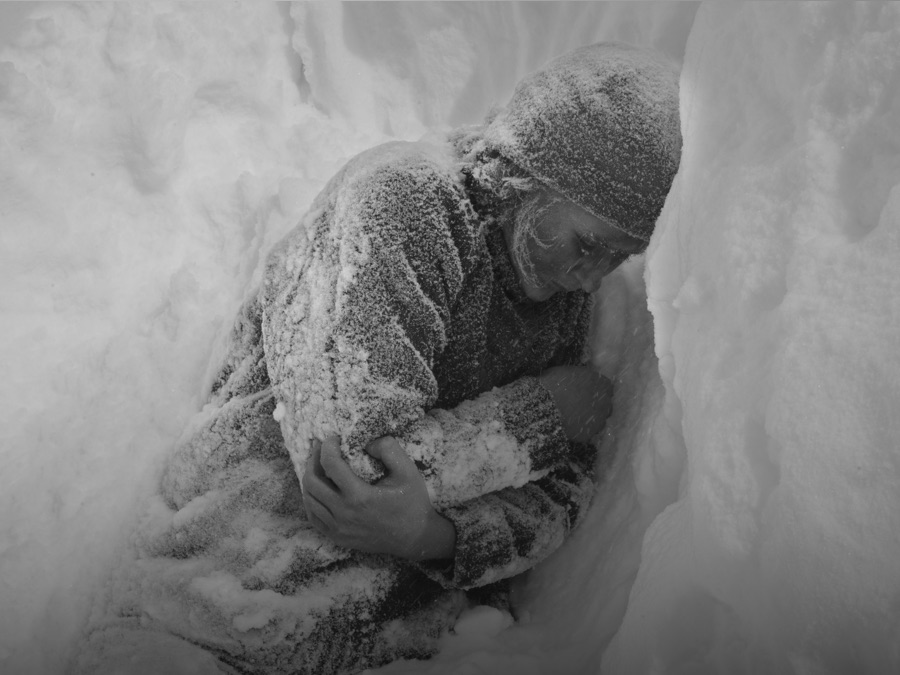
In the Ural Mountains of Russia in 1959, a group of experienced hikers met a mysterious end. The Dyatlov Pass Incident continues to confound investigators, with theories ranging from avalanches to extraterrestrial encounters. The eerie circumstances surrounding their deaths contribute to the enduring mystique.
Solomon Northup

Solomon Northup’s is a story of tremendous misfortune and resilience. Though he was born a free person in New York about 1808, Northup was kidnapped and sold into slavery in 1841. He was owned by a series of sadistic masters until he was able to find a way to send letters to his family in 1852. His freedom was legally reinstated in 1853, and Northup went on to cowrite a memoir—Twelve Years a Slave—that sold like hotcakes. He became a national celebrity and lectured throughout the country. His kidnappers were eventually indicted, but the charges were dismissed in 1857. Northup then promptly retreated from the public eye. It is likely that he joined the Underground Railroad, but the date and circumstances of his death are unknown.
Urban Enigmas

Not all mysterious disappearances occur in remote locations. Urban areas, too, bear witness to enigmatic vanishing acts. Unexplained absences, untraceable individuals, and the phenomenon of people seemingly evaporating from the midst of bustling cities add a layer of intrigue to the phenomenon.
George Mallory
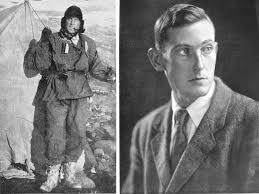
George Mallory was a schoolmaster in England and a seasoned mountain climber. He had trained on the most-difficult routes up the Alps before being recruited for the first major climbing expedition up Mount Everest in 1921. That first attempt was thwarted by high winds, and a second attempt in 1922—which also failed—involved an avalanche and the death of seven porters. Finally in 1924 he set out on a third expedition. Mallory and another climber, Andrew Irvine, went off to attempt the summit on June 8 and were never seen again. They left the world to wonder what had taken place on that fateful day, including whether before disappearing they had become the first climbers ever to reach the summit. Irvine’s axe was found in 1933 at about 27,750 feet (8,460 meters), which seemed to indicate that they did not make it to the top and likely fell to their deaths. Seventy-five years later, in 1999, an expedition discovered Mallory’s body at 26,760 feet (8,160 meters). As of 2015, Irvine’s remains had not been found, and the exact circumstances of their deaths are as yet undetermined.
Missing 411 Phenomenon

Author David Paulides’s research into mysterious disappearances in national parks and wilderness areas, documented in the “Missing 411” series, highlights a pattern of unusual circumstances surrounding these cases. The inexplicable nature of these vanishings raises questions about the unknown dangers lurking in natural landscapes.
Raoul Wallenberg
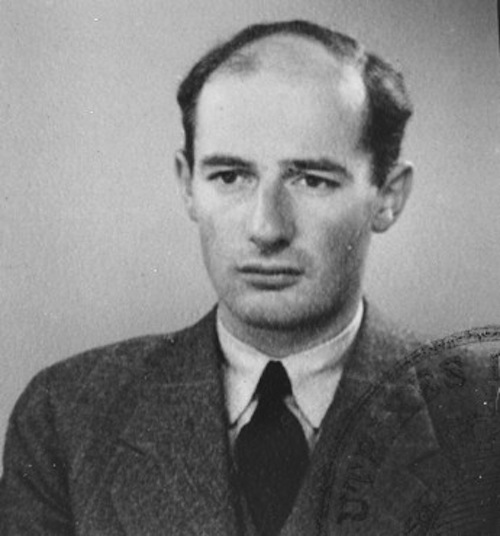
Raoul Wallenberg was from a well-connected and upstanding Swedish family. He’d been a star student of architecture and became a successful businessman. Because of his family and business connections throughout Europe, he was recruited as a special envoy for a major rescue operation of Hungarian Jews in 1944. Between March and June of that year, the Nazis had deported about 400,000 Jews, most of them to the Auschwitz death camp. Wallenberg distributed documents to the Jews of Budapest and convinced Hungarian authorities to let the documentation (called a Schutz-Pass) function as passports. Those passports saved some 15,000 Jews from certain death. In January of 1945 Wallenberg was arrested for unknown reasons by Soviet troops, who later claimed he died of a heart attack in 1947, but no one knows for sure if he died then or what happened to him after his arrest.
Historical Figures

Even historical figures have not been immune to mysterious disappearances. The fate of figures like Ambrose Bierce, Amelia Earhart, and Raoul Wallenberg remains shrouded in uncertainty, adding an extra layer of intrigue to their already impactful lives.
Jack the Ripper
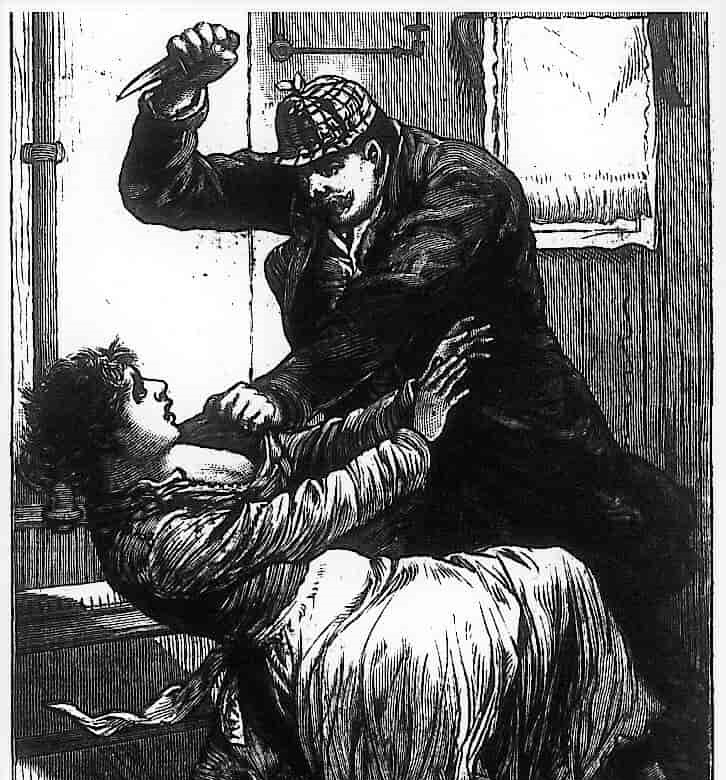
We call him “Jack the Ripper,” but we don’t really know who the person behind one of the older and most notorious murder sprees was. The killer appeared in London’s Whitechapel district in 1888 and murdered five women all prostitutes and mutilated their corpses. Police surmised the killer was a surgeon, butcher, or someone skilled with a scalpel. The killer mocked the community and the police by sending letters outlining the acts. Although many suspects have been named over the years, the killer has never been identified.



